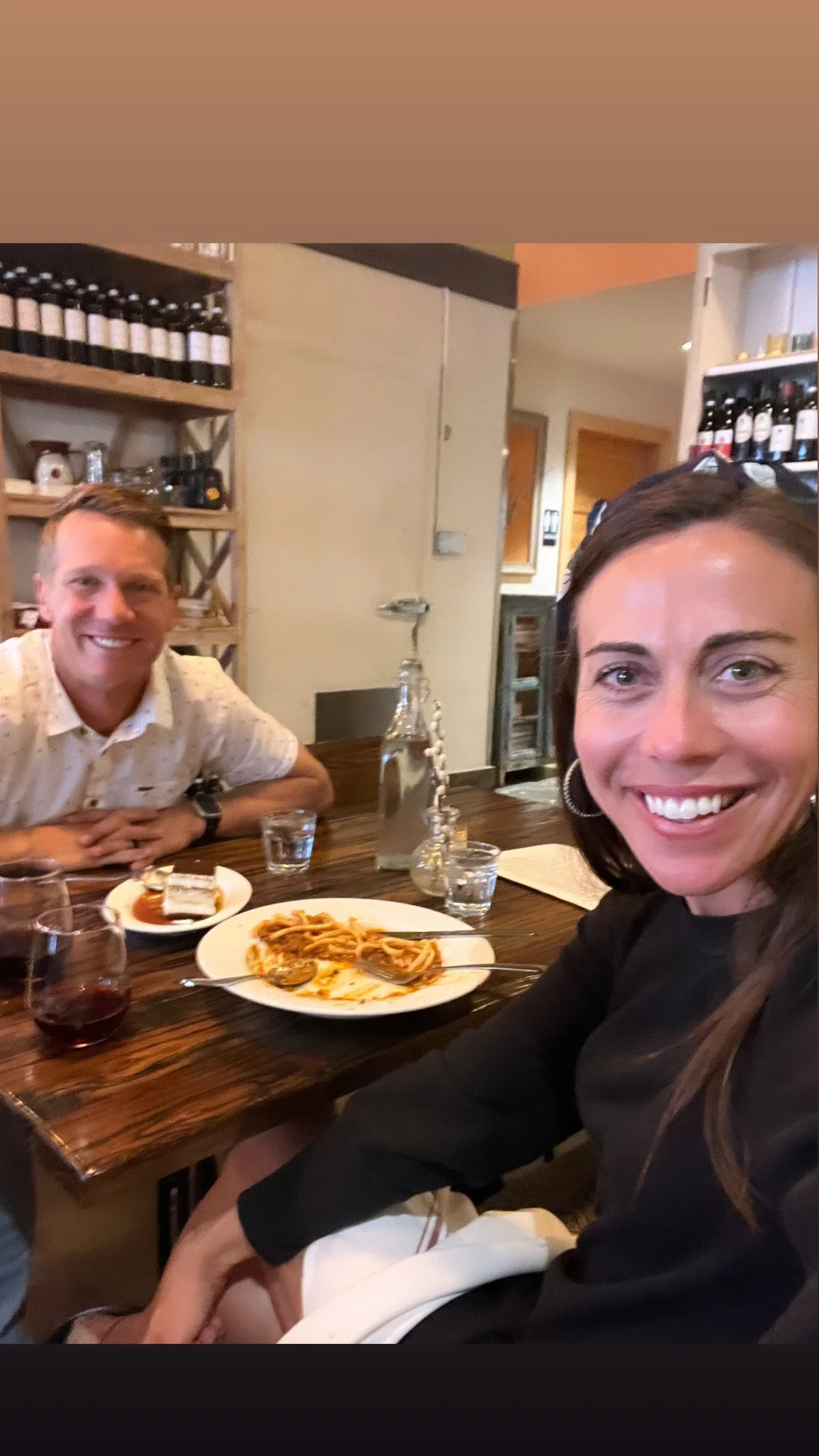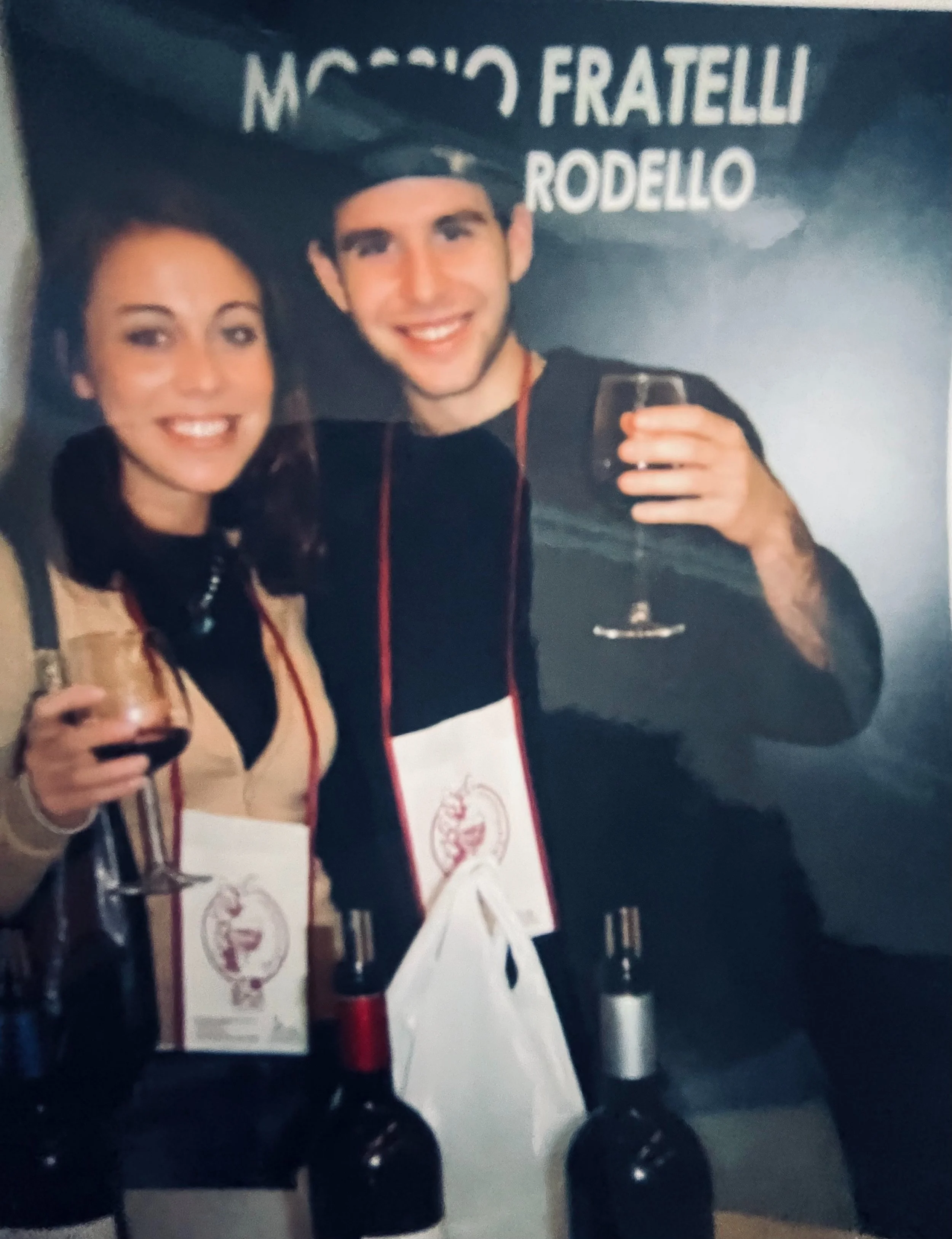Honest Wine: Small Producers vs Big Brands
What is Recommended - Small-Production OR Bigger Brands of Wine?
My answer: both serve a purpose and depend on what situation you find yourself in. In this post, I will share how my experience over two decades has led me personally to enjoy more small production wines.
David Williams of The Guardian puts it beautifully, “Because they tend to have a more intimate relationship with their vines, small producers are more likely to get their wine to transmit that elusive quality that makes it special: a sense of place, a certain flavor or feeling that only comes from that specific site. And while small may be most beautiful, there are still times when big is more useful”
What exactly is a small production wine and when should you choose one?
Small-production wines are typically crafted in small batches and are often reflective of a specific place (for example, a 50,000-case winery is certainly small compared to a million-case brand). Many argue these wines offer higher quality and more character. While this argument is certainly controversial, I do recommend seeking out smaller-scale producers if you're interested in authenticity and discovery when it comes to what you are sipping. Alder Yarrow, one of my all time favorite wine writers, describes the essence of small production wines beautifully in one of his articles, “The answer is really a sensibility, a connection between the people making the wine, the raw materials, and the finished product. When we designate a product as artisan made, or small production, we imply a thread of attention, care, intent, and vision that runs through the process”.
Consider this: 80% of the wine consumed in the United States is produced by just 1% of wineries. These large-scale operations often churn out millions of cases annually. This statistic from Wine Business Analytics was recently shared at a wine trade show I attended in May. The numbers highlight how our wine choices are often limited when shopping at grocery stores or chain restaurants. Imagine the experiences we're missing by not exploring the diverse offerings from the thousands of small wineries out there. Wine can be a journey, a way to explore the world from our dinner tables. When we repeatedly drink the same wine, we might be missing out on the artistry and passion of countless vintners.
What does it look like to explore the world through a glass of wine?
Last night, I ordered a glass of Marco Porello Nebbiolo at a local Italian restaurant. Marco Porello is so small that the operation is described as a ‘Farm in Piedmont, Italy’ on Google’s description. Nebbiolo is a native red grape varietal to the Piedmont wine region in Northern Italy. With just one sip after taking a bite of Bolognese pasta (pictured above), I was transported back nearly 20 years. At that moment I felt as though I was visiting an old friend. The wine's smooth, earthy character reminded me of my time studying abroad in the city of Torino, Italy.
In 2005, the financial constraints of my study abroad adventure turned into an unexpected blessing. While other American students jetted off to different countries, I often stayed close to Torino, making connections with local Italians who introduced me to nearby attractions. One memorable weekend, we visited Alba (a small commune of Piedmont) for a wine and mushroom festival. There, I tasted a Nebbiolo that knocked me off my feet. My body language clearly expressed the joy I felt tasting this craft from a local farmer/winemaker. The winemaker’s pride was evident, and it connected us beyond language. I remember knowing in that instant I would most likely pursue a life in wine.
Sipping a Nebbiolo last night, I vividly recalled the festival tent, the crisp autumn air, and the warm exchange with the winemaker from a few decades ago. Every time I taste a wine like that, I embark on a journey, even if I’ve never physically been to the place the wine represents. I frequently recommend wines from France's Rhone Valley. Spoiler - This is a region I’ve yet to visit. But each sip ignites a dream of that place.
Where do I find small-production wines?
When friends across the country ask for a specific wine recommendation, I ask for their address and direct them to a local, independent wine merchant. These shops often work with importers who carry small-production wines in their portfolio. Or they carry boutique wines produced domestically. One of my all-time favorite importer-distributor-retailers here in California is Kermit Lynch up in Berkeley. I still buy wine online from that shop. But soon, very soon, I will work directly with some of these smaller importers and highlight them in a quarterly wine club in Orange County :)
When Does It Make Sense to Opt for Larger-Scale Wines?
My recommendation is to pair large-scale wines with large events. There are plenty of times when reaching for a budget-friendly, potentially mass-produced, consistent wine is ideal. Think about large gatherings like the 4th of July where the focus is on conversation and enjoying the moment, rather than delving into the complexities of a unique wine. Between the parades and fireworks, most attendees at the party aren’t unpacking the nuances of every glass poured. These events are perfectly acceptable for basic, budget wine that has familiarity.
Plenty of large-scale wineries still uphold honesty, integrity, and sustainability. For example, I very much respect how environmentally conscious these wineries are…
O’Neill Vintners - California - Over 7 million cases
Gerard Bertrand - France - Roughly 3 million cases
Cavit - Italy - Over 3 million cases
So, whether you’re exploring the world through a small producer’s vintage or enjoying the consistency of a large-scale wine, both types can serve a purpose. If you ask me directly though, you will likely get a recommendation from a smaller producer. For those who know me, I am quite adventurous - I’ll be taking you on a journey with what I select. Cheers to discovering and enjoying all that the world of wine has to offer. Stay curious friends! Xx, Kris
Alba Wine Festival, Italy - Fall of 2005


